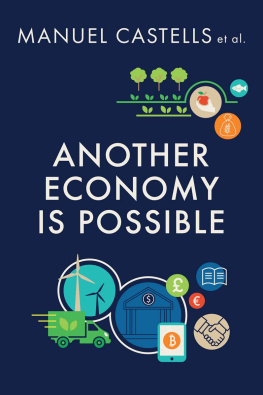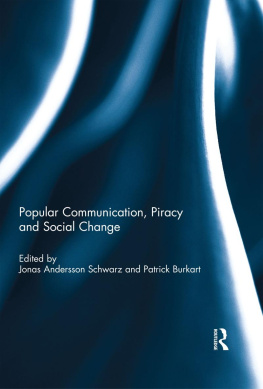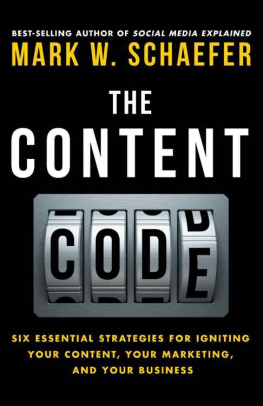Manuel Castells - Piracy Cultures: How a Growing Portion of the Global Population is Building Media Relationships Through Alternate Channels of Obtaining Content
Here you can read online Manuel Castells - Piracy Cultures: How a Growing Portion of the Global Population is Building Media Relationships Through Alternate Channels of Obtaining Content full text of the book (entire story) in english for free. Download pdf and epub, get meaning, cover and reviews about this ebook. year: 2013, publisher: Xlibris, genre: Politics. Description of the work, (preface) as well as reviews are available. Best literature library LitArk.com created for fans of good reading and offers a wide selection of genres:
Romance novel
Science fiction
Adventure
Detective
Science
History
Home and family
Prose
Art
Politics
Computer
Non-fiction
Religion
Business
Children
Humor
Choose a favorite category and find really read worthwhile books. Enjoy immersion in the world of imagination, feel the emotions of the characters or learn something new for yourself, make an fascinating discovery.

- Book:Piracy Cultures: How a Growing Portion of the Global Population is Building Media Relationships Through Alternate Channels of Obtaining Content
- Author:
- Publisher:Xlibris
- Genre:
- Year:2013
- Rating:4 / 5
- Favourites:Add to favourites
- Your mark:
Piracy Cultures: How a Growing Portion of the Global Population is Building Media Relationships Through Alternate Channels of Obtaining Content: summary, description and annotation
We offer to read an annotation, description, summary or preface (depends on what the author of the book "Piracy Cultures: How a Growing Portion of the Global Population is Building Media Relationships Through Alternate Channels of Obtaining Content" wrote himself). If you haven't found the necessary information about the book — write in the comments, we will try to find it.
MANUEL CASTELLS
1
University of Southern California
GUSTAVO CARDOSO
Lisbon University Institute (ISCTE-IUL)
What are Piracy Cultures? Usually, we look at media consumption starting from a media industry definition. We look at TV, radio, newspapers, games, Internet, and media content in general, all departing from the idea that the access to such content is made available through the payment of a license fee or subscription, or simply because its either paid or available for free (being supported by advertisements or under a freemium business model). That is, we look at content and the way people interact with it within a given system of thought that sees content and its distribution channels as the product of relationships between media companies, organizations, and individualseffectively, a commercial relationship of a contractual kind, with accordant rights and obligations.
But what if, for a moment, we turned our attention to the empirical evidence of media consumption practice, not just in Asia, Africa, and South America, but also all over Europe and North America? All over the world, we are witnessing a growing number of people building media relationships outside those institutionalized sets of rules.
We do not intend to discuss whether we are dealing with legal or illegal practices; our launching point for this analysis is that, when a very significant proportion of the population is building its mediation through alternative channels of obtaining content, such behavior should be studied in order to deepen our knowledge of media cultures. Because we need a title to characterize those cultures in all their diversitybut at the same time, in their commonplacenesswe propose to call it Piracy Cultures.
Manuel Castells: author's other books
Who wrote Piracy Cultures: How a Growing Portion of the Global Population is Building Media Relationships Through Alternate Channels of Obtaining Content? Find out the surname, the name of the author of the book and a list of all author's works by series.












